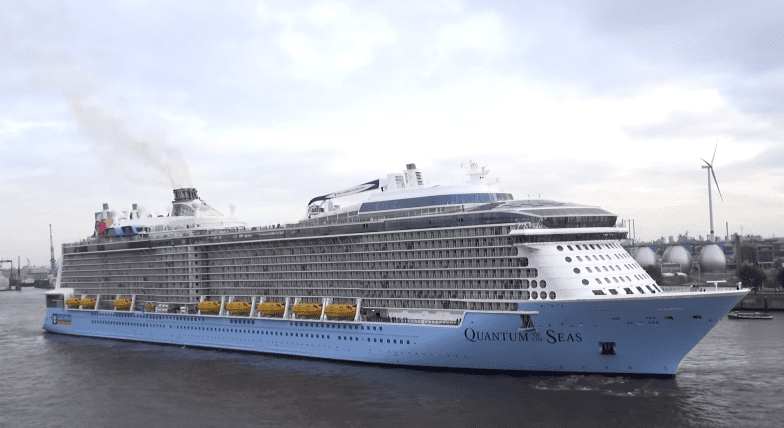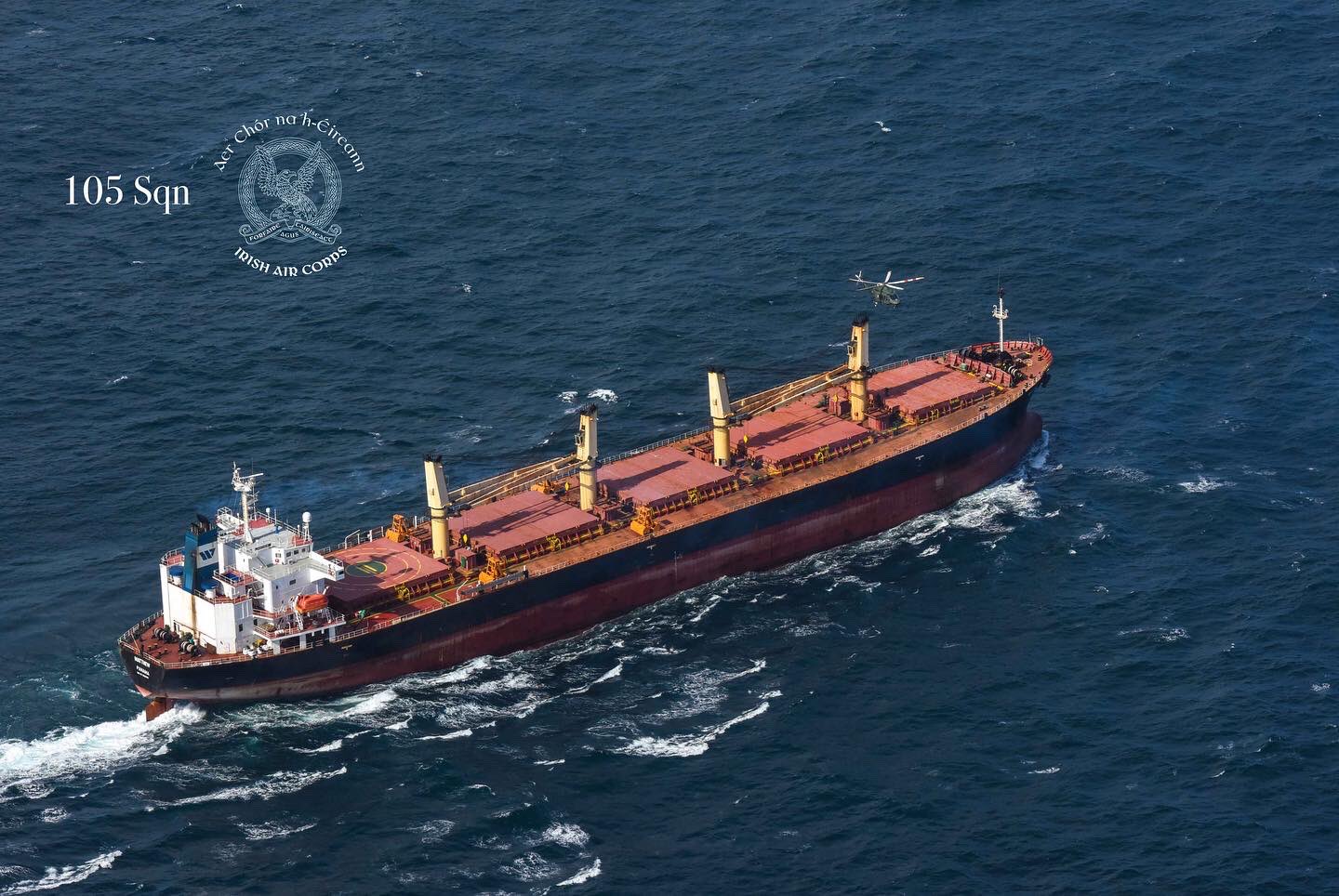Royal Caribbean’s Quantum of the Seas is sailing its inaugural cruise season out of the New York area to the Caribbean this winter before heading to its homeport of Shanghai, China in May. Image courtesy Kallis Video Production
The Asia cruise industry is experiencing dramatic double-digit growth of cruise ships, passengers and ports in the region, according new data released today by the Cruise Lines International Association, the largest association serving the global cruise industry.
“It is exciting that, for the first time, we know the true size of Asian source markets and have been able to extend our understanding of Asia’s cruise industry growth and potential,” said Adam M. Goldstein, Global Chairman, CLIA. “2015 will be a record-breaking year in Asia with more travelers cruising the region than ever before. The cruise industry is responding by offering more cruises with experiences tailored to Asian travelers as well as enticing international travelers with an easy way to visit Asia’s array of fascinating destinations.”
CLIA commissioned the study, “2014 Asia Cruise Trends”, to understand the quickly evolving marketplace in the region and to build on the 2013 White Paper: “Information, Intelligence, Insights” that was commissioned by the (former) Asia Cruise Association. The study collected three years of trending data from 13 international and regional cruise lines, representing approximately 90 percent of Asia cruise ship capacity.
CLIA then analyzed the findings of the study to identify a total of nine key trends in the cruise market in Asia. Here’s a recap:
- Capacity Boost –The capacity to carry passengers continues to soar with the introduction of new and larger ships in the region. Since 2013, passenger capacity grew at a 20 percent compound annual growth rate and is expected to reach almost 2.2 million in 2015. The Asia region has quickly progressed to fourth in passenger capacity deployment, tied with Australasia.
- Asia Passenger Growth – With this increased ship capacity, Asians are cruising more than ever before. Cruise lines hosted nearly 1.4 million Asian vacationers in 2014, a 34 percent compound annual growth rate since 2012.
- Increase in Chinese Cruisers – From 2012 to 2014, the number of Chinese passengers grew 79 percent per year. In 2014, 697,000 passengers were from mainland China which is almost as many passengers as all other Asian markets combined (701,000).
- Under 40 Cruisers – China’s Generation Y – ages below 35 years old – made up most of the country’s outbound travel, according to statistics from the World Tourism Cities Federation (WTCF)1. This trend is echoed in the cruise industry. In four of the largest cruise markets – China, Malaysia, Indonesia and Philippines – more than 4 out of 10 passengers were under 40.
- More Cruise Ships in Asia – This year, 52 cruise ships will operate in Asia, a 10 percent compound annual growth rate since 2013. The number of cruises and longer voyages in the region has also grown with 1,065 sailings scheduled this year, up 11 percent per year. There has also been a significant increase in the number of days cruise ships are in operation, from 4,307 operating days in 2013 to 5,824 operating days in 2015.
- Asian Exploration – While Asian outbound tourism is exploding around the world, the study found that Asian cruisers are primarily exploring Asian destinations. More than nine out of ten Asian passengers (91%) cruised within Asia. The remaining 9 percent flew to cruise destinations outside the region, primarily in Europe, followed by Alaska and Caribbean.
- Proliferation of Ports – Cruising in the region offers more than 168 destinations across 18 countries, making traveling by cruise ship one of the easiest ways to see all that Asia has to offer. While the introduction of new ports throughout Asia is great for travelers, it is also great for local economies. With a 34 percent absolute increase in port calls since 2013, cruise lines are bringing more visits to destinations in Asia having a direct impact on economic growth in the region. Japan ranks top with 646 port calls this year, followed by Malaysia (580), South Korea (377), Singapore and Thailand (374).
- Short Sailings – Depending on the market, many Asian guests have limited vacation entitlements. Therefore, there are more short duration cruises being selected by Asian consumers with 48 percent of Asian passengers choosing 4 to 6 day cruises in 2014, 38 percent choosing cruises of 2 to 3 nights, and only 12 percent opting for 7 to 13 night cruises.
- Attracting the Asian Traveler – Cruise lines have recognized the need to bring their best ships and amenities to the region. New onboard offerings tailored to the Asian guests include inclusive onboard activities aimed at multi-generational families, high-end shopping, and adapted menus to include familiar favorites and regional cuisine.

 Join The Club
Join The Club











